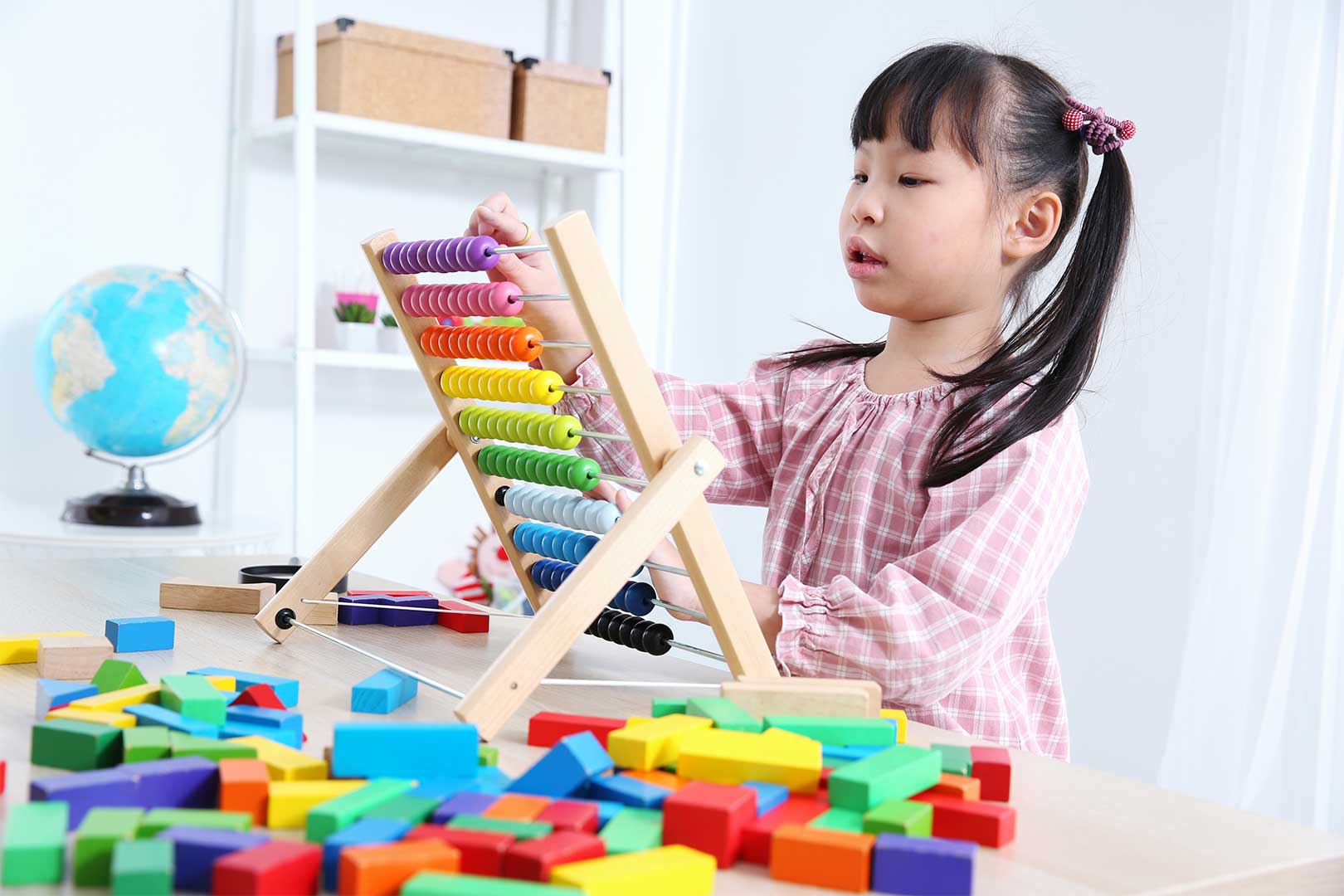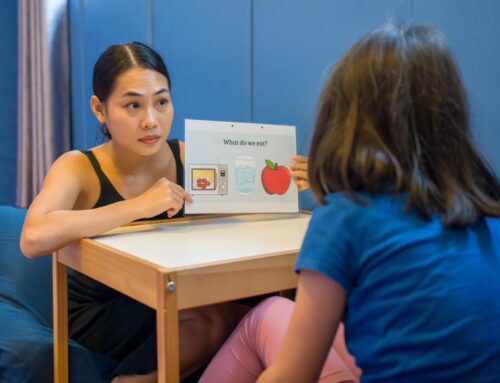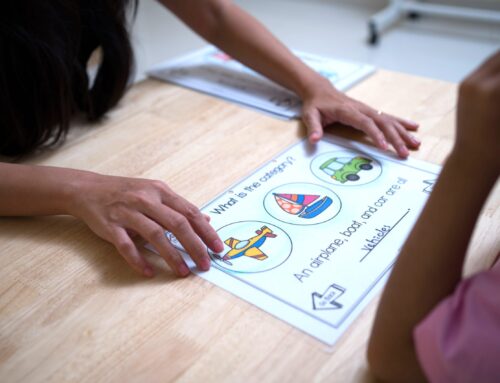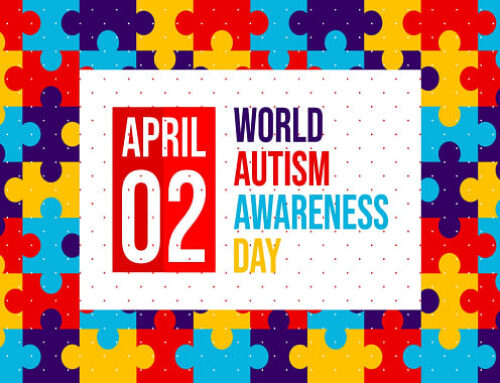Symbolic play is a type of play in which children use objects to represent other objects or ideas. For example, a child might use a stick to represent a sword, or a block to represent a car. Symbolic play is an important part of child development, as it helps children to learn about the world around them, to develop their imaginations, and to communicate with others.
Children with autism often have difficulty with symbolic play. They may not understand the concept of using objects to represent other things, or they may not be able to imagine different uses for objects. This can make it difficult for them to participate in play activities with other children, and it can also impair their communication and social skills.
There are a number of ways to support symbolic play in children with autism. One important approach is to provide them with opportunities to play with a variety of different objects. This will help them to learn about the different ways that objects can be used. It is also important to model symbolic play for children with autism. For example, you can show them how to use a stick to represent a sword, or a block to represent a car.
Another way to support symbolic play in children with autism is to provide them with clear and simple instructions. For example, you can say, “Let’s pretend that this stick is a sword.” You can also help them to come up with their own play scenarios. For example, you can say, “What do you want to do with your sword?”
Why is Symbolic Play Important for Children with Autism?
Symbolic play is important for all children, but it is especially important for children with autism. This is because symbolic play can help children with autism to:
- Learn about the world around them: Symbolic play helps children to learn about the different ways that objects can be used. This can help them to understand the purpose of different objects and to learn how to use them in a variety of different contexts.
- Develop their imaginations: Symbolic play allows children to use their imaginations to create new worlds and scenarios. This can help them to develop their problem-solving skills and to learn how to think creatively.
- Communicate with others: Symbolic play can be used as a way for children to communicate with others. For example, a child might use a stick to represent a sword and then use it to “fight” with another child. This can help children to learn how to interact with others and to express themselves creatively.
How to Support Symbolic Play in Children with Autism
There are a number of ways to support symbolic play in children with autism. Here are a few tips:
- Provide children with opportunities to play with a variety of different objects. This will help them to learn about the different ways that objects can be used.
- Model symbolic play for children. Show them how to use objects to represent other things.
- Provide children with clear and simple instructions. For example, you can say, “Let’s pretend that this stick is a sword.”
- Help children to come up with their own play scenarios. For example, you can say, “What do you want to do with your sword?”
- Use visual supports. Visual supports can help children to understand the concept of symbolic play. For example, you can use pictures or symbols to represent different objects or ideas.
- Be patient. It may take time for children with autism to learn how to engage in symbolic play. Be patient and supportive, and encourage them to try new things.
Activities to Promote Symbolic Play in Children with Autism
Here are a few activities that can help to promote symbolic play in children with autism:
- Pretend play: Pretend play is a great way to help children develop their imaginations and to learn about the world around them. You can encourage pretend play by providing children with props, such as costumes, toys, and household items.
- Arts and crafts: Arts and crafts activities can help children to express themselves creatively and to learn about the different ways that objects can be used. You can encourage children to use arts and crafts materials to create their own play scenarios.
- Storytelling: Storytelling is a great way to expose children to new ideas and to help them develop their imaginations. You can tell children stories about different characters and places, or you can encourage them to come up with their own stories.
- Music and dance: Music and dance activities can help children to express themselves creatively and to learn about the different ways that their bodies can be used. You can play music for children and encourage them to dance, or you can sing songs with them.
- Sensory play: Sensory play is a type of play that focuses on the senses. Sensory play activities can help children to learn about the world around them and to develop their imaginations. You can encourage sensory play by providing children





Leave A Comment